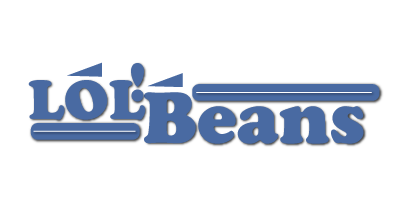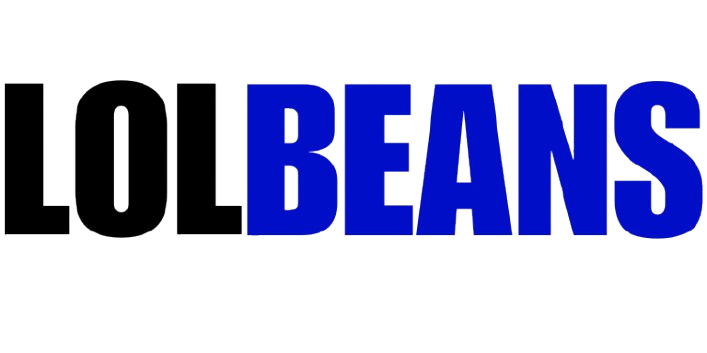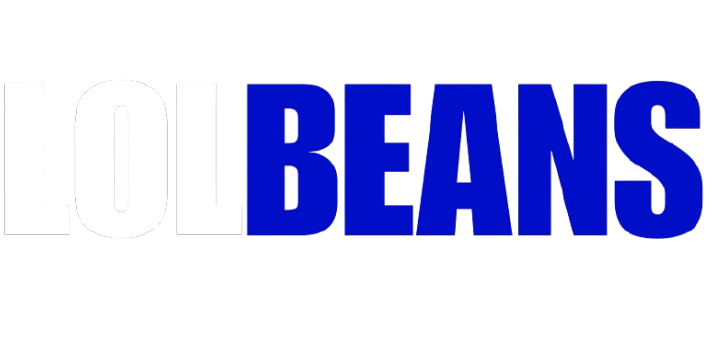If you’ve searched for Molly Fenwick, you’ve probably noticed two things right away: there isn’t a flashy public profile with constant headlines, and most of what’s written about her ties back to her well-known family. And that’s already interesting. In a time when everyone seems to be “building a brand,” Molly appears to be doing something quieter and honestly more relatable: studying, working, keeping her circle close, and choosing what to share with intention. That choice shapes how we talk about her less gossip, more context; fewer assumptions, more care with the facts.
This piece brings together what’s publicly available about Molly and then spends time on what that means: career beginnings, values that come through in small choices, and how to understand a young professional who’s opted for a lower profile. Where information is concrete, I cite it. Where it’s not, I don’t pretend otherwise.
The basics (what we can actually confirm)
- Several recent profile pieces think tidy, -ish writeups rather than big-name magazine features identify Molly Fenwick as the daughter of ITV presenter Mary Nightingale and Paul Fenwick. They place her birth in 2003 and describe a deliberately private life outside the media spotlight.
- Those same summaries say she focused on education (including sixth-form studies) and moved into early career roles on the commercial/administrative side, rather than chasing on-screen attention.
Are these Pulitzer-level sources? No. They’re the kind of lightweight “who is X?” posts that spring up around public figures’ families. Still, taken together, they paint a consistent picture: Molly isn’t angling for celebrity. She’s carving out a normal working life and choosing not to be defined by a famous parent.
There are also scattered social profiles for people named Molly Fenwick an Instagram handle here, a Pinterest there but identity matches are murky, and it’s not responsible to conflate accounts without clarity. If you’ve ever had a common name, you know the problem. (A few of those handles and pages exist, but they don’t firmly tie back to this Molly.)
Why that privacy matters and what it says about her world
I think the most telling part of Molly’s story is what’s not being shouted from rooftops. When your parent is a public figure, you face a constant, low-grade pressure to either perform a version of yourself online or be “mysterious.” Choosing neither choosing ordinary life is harder than it sounds. It means letting accomplishments be small and real: showing up to a job, doing the admin tasks nobody claps for, working toward credentials, finding out what you actually enjoy when no one’s keeping score.
That’s a very twenty-something story in 2025. Plenty of people are quietly building careers that won’t go viral but will pay rent, create stability, and over time add up to expertise. The “work and world” of Molly Fenwick, as far as the public record shows, looks like this kind of honest start.
Early steps school, structure, and first jobs
The sources place Molly in sixth-form college before stepping into commercial/administrative work. Sixth form isn’t glamorous; it’s timetables, coursework, teachers reminding you about deadlines. But that’s also where good habits get baked in showing up on time, planning ahead, and learning how to learn. That through-line is visible in the way recent profiles describe her early career: structured roles, practical responsibilities, steady progress.
If you’ve ever transitioned from coursework to a first office role, you know the micro-skills that make or break the experience: answering email like a human, not a robot; keeping versions of documents straight; catching a pricing typo before it hits a customer; logging things properly because “I’ll remember later” is a lie we tell ourselves. None of that makes headlines and yet it’s the backbone of how real businesses run. It’s also how you become the person people trust.
The family connection: influence without imitation
It’s natural to ask whether having a high-profile mother influences your path. Of course it does, though influence doesn’t equal imitation. The public pieces suggest that Molly hasn’t chased TV or media limelight; she’s taken the quiet route into the workforce. That’s a choice worth respecting. If anything, growing up adjacent to media might sharpen your sense of what you don’t want: the constant exposure, the comment sections, the feeling that every step is audience-facing. Choosing admin and commercial roles can be a clean counter-move tangible work, clear outputs, less spectacle.
Career themes you can read between the lines
Even with limited public data, a few themes feel solid:
- Deliberate privacy
The absence of official, curated social channels is its own signal. It’s not an accident; it’s a boundary. Boundaries are part of an adult professional identity. - Operational competence over performative hustle
The roles referenced are about keeping the commercial wheels turning. That builds a kind of credibility you can’t fake. - Patience
There’s no mad rush to “be a name.” That usually pays off. Careers built in public often burn fast; careers built in reality tend to stick.
These aren’t glamorous traits. They’re better: they’re sustainable.
What “her world” looks like day to day
Imagine a normal Tuesday in Molly’s world. A shared inbox with suppliers or clients. A spreadsheet that needs cleaning because someone mixed text and numbers in the same column (classic). A call where you’re the organized person in the room, so you end up owning the follow-ups. A teammate asks, “Can you sanity-check this quote?” You do, and you save the company a headache. You won’t get a viral clip out of it, but your manager notices and that’s how promotions quietly start.
When your life isn’t content, your relationships become your network the people who’ve worked with you and would work with you again. That’s how momentum builds in the real world: slowly, then suddenly.
A gentle caution about sources and why this article reads the way it does
If you’ve clicked around, you’ll have seen the same pattern I did: compact articles on unfamiliar sites repeating each other’s lines. That doesn’t make the information wrong, but it does mean we should treat specifics carefully and avoid inventing color to make a cleaner story. The safest, most respectful approach is to stick to what multiple sources agree on (family background, general age, private posture) and avoid definitive claims about anything not clearly attributed.
How to follow a quiet career lessons from Molly’s example
Even with limited public detail, the shape of Molly’s path is familiar and useful especially if you’re early in your own career and allergic to performative hustle.
- Choose the work, not the optics.
There’s a dignity in administrative and commercial roles. They make everything else possible. If you do them well, you become the person people rely on. - Build a small, strong reputation.
Be known by twenty people who’ve seen you deliver, not by twenty thousand who liked a post. Those twenty are the ones who hire you. - Keep your boundaries.
Not everything needs to be shared. Privacy isn’t hiding; it’s choosing what parts of your life belong to you. - Let time do its thing.
You don’t have to “arrive” at 23. Careers are marathons with water breaks, not 100-meter sprints.
Final word
Not every life worth knowing is a spectacle. Molly Fenwick’s “work and world,” as far as the public can see, are grounded in ordinary, sturdy things: study, entry-level roles, privacy, and patience. The internet will keep hunting for more, because that’s what it does. But sometimes the kindest and most accurate portrait is the one that accepts a person’s chosen scale. Until Molly decides to make more of her life public, the respectful approach is simple: note what’s real, skip what’s speculative, and let the work speak in its own time.







